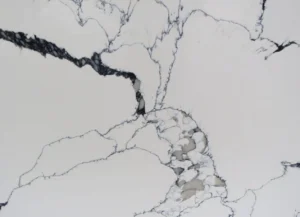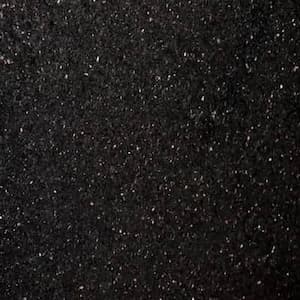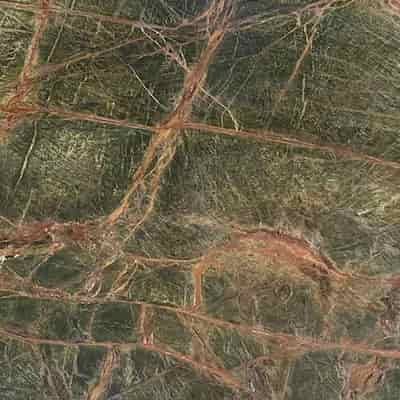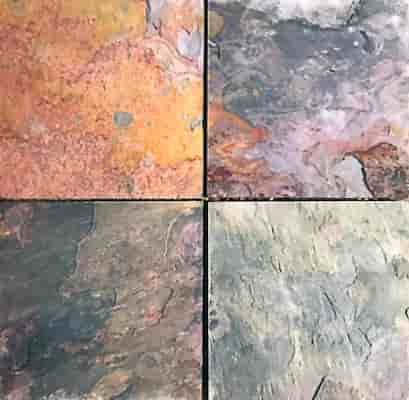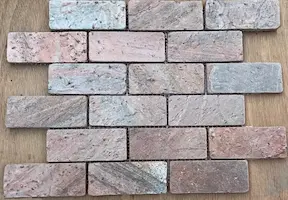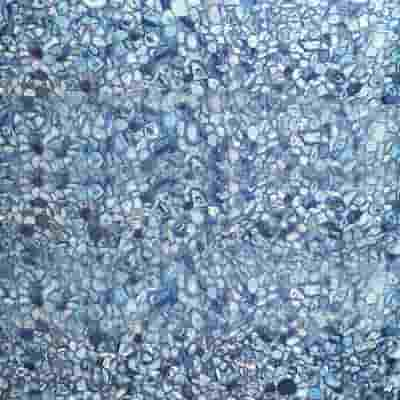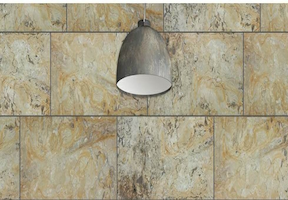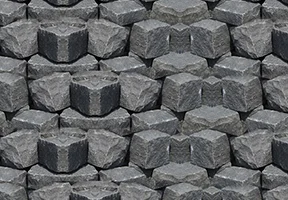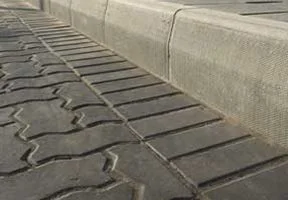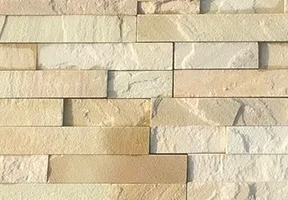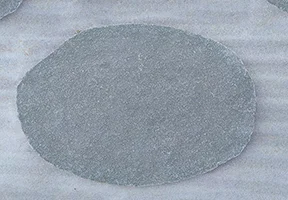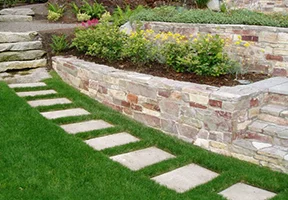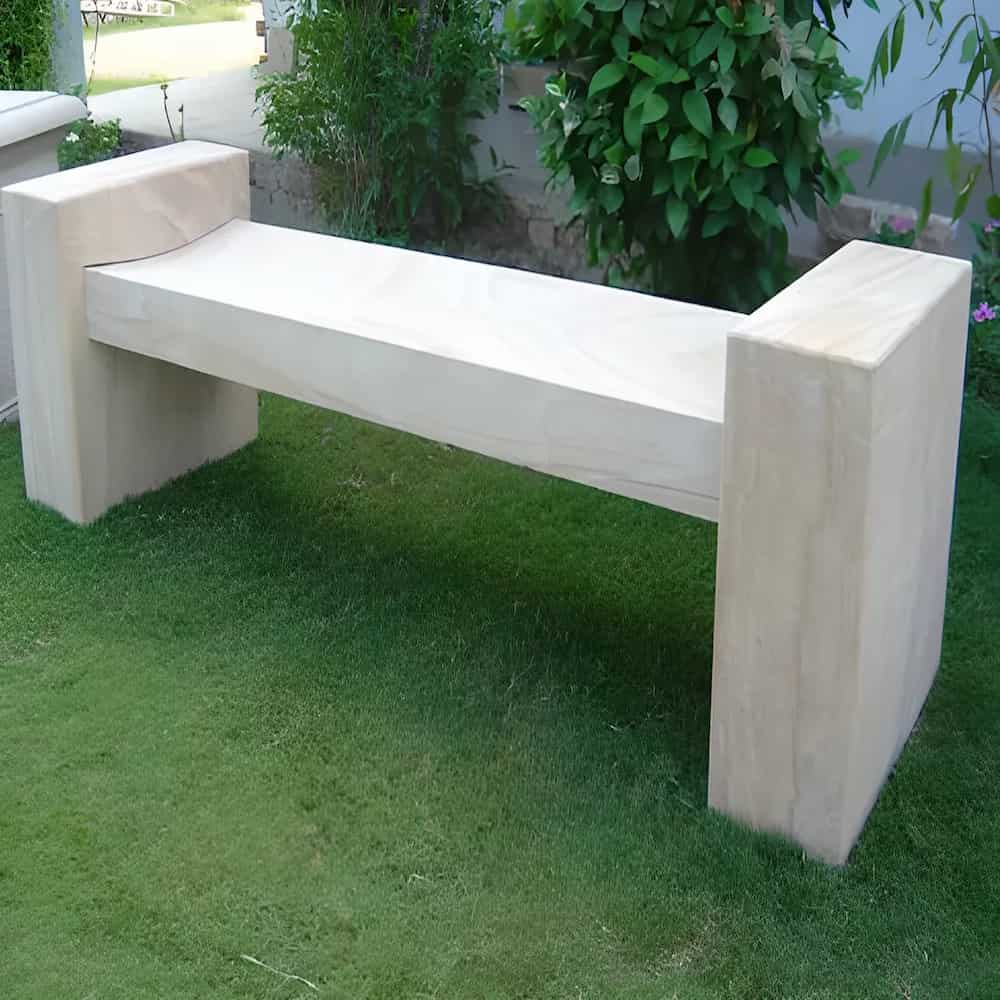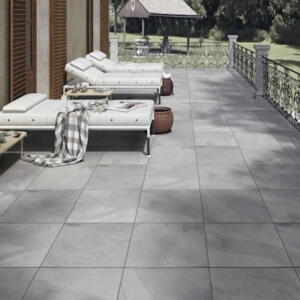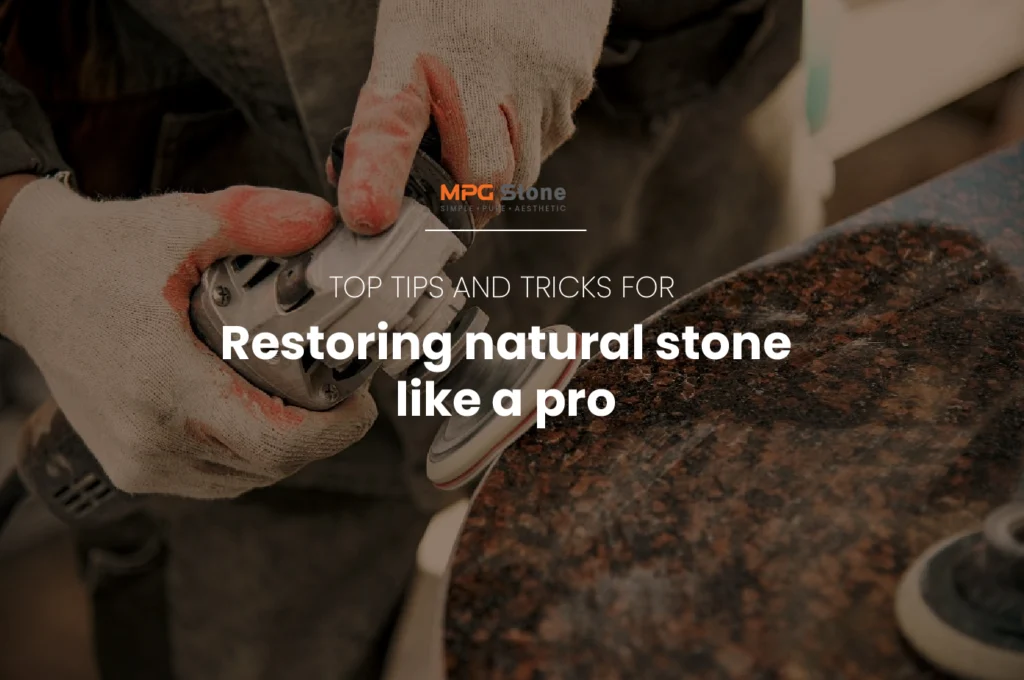The use of natural stone in both residential and commercial projects has been seen for centuries, as it is an aesthetically pleasing and practically sustainable material that has a variety of uses. They work as a long-term investment in projects, and that’s why restoring natural stone holds significant importance. There are several natural stone materials out there, such as marble, travertine, granite, and limestone, that are renowned for their strength and beauty, making them a popular choice for various application areas.
Over time, the surface of these natural stones becomes worn, damaged, or stained due to their regular use, improper maintenance, and exposure to various outdoor elements. Restoring natural stones helps enhance their aesthetic appeal as well as extend their lifespan while maintaining their structural integrity. Moreover, it also helps in maintaining a healthy and hygienic environment, as porous natural stones can harbour bacteria and other contaminants if not cleaned and sealed properly. So let’s move on to the top tips and tricks for restoring natural stone like a pro.
Understanding Natural Stone Restoration
What is Natural Stone Restoration?
Natural stone restoration is a process of renewing and revitalising natural stone surfaces that have become dull, damaged, worn, or stained over time. This involves a series of steps, which include cleaning the stone, repairing it, polishing it, and sealing it to restore its lustre and original beauty. If you go for a professional restoration service, then it may utilise some specialised tools and techniques along with some specific products to achieve optimal results while ensuring the longevity of the restored surfaces.
Common Issues with Natural Stone
Natural stones are highly durable and hard materials to use in different application areas, but there are a lot of common issues that we have to deal with, which include dullness from normal wear and tear, staining from spills, cracks from impacts, scratches from abrasives, etching from acidic substances, or chips from structural stress.
Additionally, some natural stones are also susceptible to damage from improper maintenance practices and acidic cleaners. It is crucial to understand these common issues for implementing appropriate restoration techniques and essential preventive measures to maintain the beauty and integrity of natural stone surfaces.
Steps to Restore Natural Stone
Assessment and inspection
Before beginning the restoration process of your natural stone, a thorough inspection and assessment of the surface is essential to know the actual work and things to focus on. This step involves some steps that begin with identifying the type of natural stone and assessing the extent of damage that has occurred to the surface.
Then the time starts to determine the best course of action for stone restoration. You can either do it yourself or take help from professionals who will do this work using specialised tools. They have access to magnifying glasses, moisture metres, and UV lights to evaluate the actual condition of the stone and identify any underlying issues that need to be addressed firsthand.
Cleaning and preparing the surface
The next step in restoring the natural stone includes cleaning and preparing the surface for restoration. This process involves a set of activities that starts with removing the stains, grime, dirt, or any existing sealant from the stone’s surface with the help of appropriate cleaning techniques and agents.
It is recommended to use pH-neutral cleaners, or you can also go for stone-specific cleaners that are specifically designed for natural stones to avoid any particular damage to the surface. After cleaning the surface properly, make sure to properly dry the surface to ensure proper adhesion of any repair material or sealants that will be applied to the stone’s surface during the restoration process.
Repairing Damages
Once the surface is clean and dry properly, any damages, which include scratches, chips, or cracks, are addressed during the restoration process. Repairing the damage also involves various steps according to the damage, such as filling in cracks using epoxy or resin, using specialised techniques to blend in missing pieces or chips of stone, or honing out scratches with abrasive pads.
It is also essential to match the repair material you are using with natural stones to achieve a seamless finish on the surface that also blends effortlessly with the surrounding surface area.
Polishing and sealing
The final steps in restoring natural stone involve polishing and sealing the stone’s surface to enhance its overall appearance and protect it from any future damage. Polishing a stone can be done using abrasive materials such as diamond powder or pads to achieve a glossy and smooth finish on the stone’s surface.
When the desired level of polish is achieved, a sealant is then applied to protect the stone from water damage, stains, and other environmental factors. The type of sealant to be used on the surface will depend on the type of stone and its intended use. In sealants, we have options ranging from topical sealers to impregnating sealers that penetrate the stone for long-lasting protection.
Tools and Products for Natural Stone Restoration
A. Essential Tools:
- Diamond pads or discs: These are essential items used for grinding, honing, and polishing natural stone surfaces for better smoothness.
- Polishing powders or compounds: These are used to achieve a high gloss finish on the stone surfaces.
- Sealer applicator: This is a necessary tool to apply a sealant to the surface to protect the stone from any potential stains and damage.
- Variable speed grinder: This tool helps in grinding and polishing the stone surfaces effectively for better restoration results.
- Dust masks and protective gear: These tools are important for the safety of workers and yours while working with stone restoration tools.
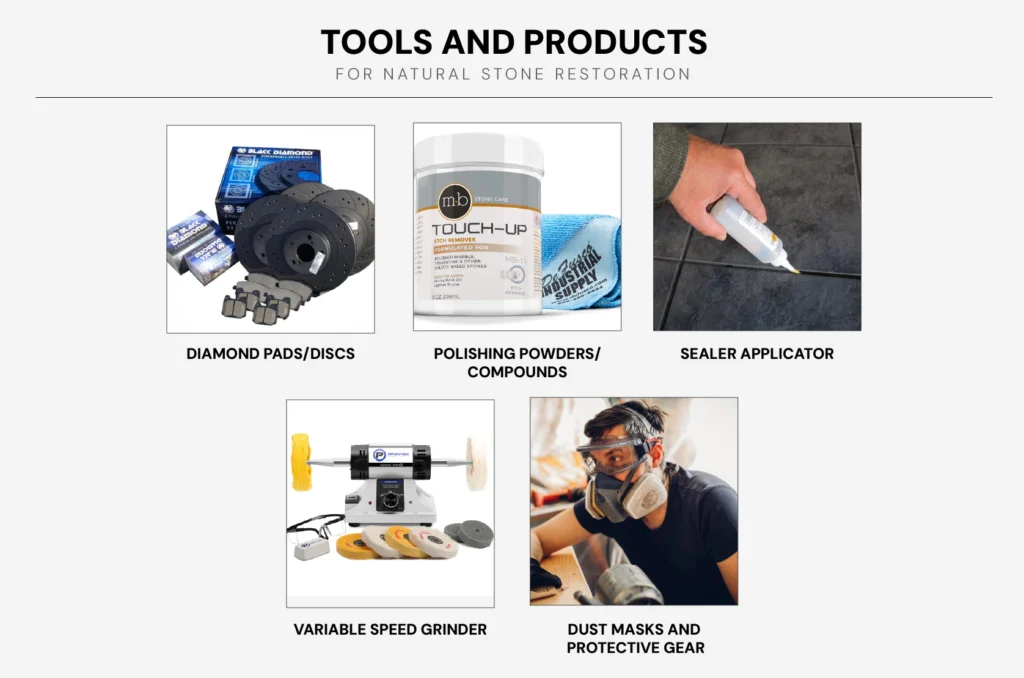
B. Recommended Products:
- Stone-specific cleaners: You need to choose cleaners designed for the specific type of natural stone to avoid damaging or discolouring the surface.
- Impregnating sealers: These sealers are useful in penetrating the stone to protect it from within without altering its natural appearance.
- pH-neutral cleaners: These cleaning solutions are ideal for regular cleaning without harming the stone’s surface.
- Stain removers: These are specific cleaners designed to help treat stubborn stains on natural stone surfaces.
- Polishing compounds: These are used to enhance the shine and lustre of the natural stone after restoration for a longer period of time.
Tips for Maintaining Restored Natural Stone
A. Daily Care Routine:
- Wipe down the stone’s surfaces with a damp cloth or mop to remove loose dust and debris from the surface.
- Use pH-neutral cleaners to clean the stone regularly to maintain its shine and lustre.
- Avoid using harsh chemicals or acidic cleaners that can damage the stone surface and result in discoloration.
- Immediately clean up spills to prevent stains from setting in and leaving the mark on the surface.
- Place coasters under glasses and use mats under hot dishes to protect the stone surface from daily spills.
B. Periodic Maintenance:
- Reapply sealant as recommended by the manufacturer or seek professional help to maintain protection against stains in the long run.
- Schedule a professional deep cleaning of the surface and resealing periodically to keep the natural stone in top condition.
- Inspect the stone regularly or weekly for any signs of damage or wear, and address them promptly to avoid longer or more impactful damage.
- Consider buffing or polishing the natural stone’s surfaces periodically to maintain their shine and lustre and to keep them looking new for years.
- Avoid dragging heavy objects or furniture items across the stone surface to prevent scratches and damage from the weight.
Conclusion
In conclusion, natural stone restoration is a crucial process that helps in revitalizing and enhancing the beauty of natural stone surfaces that have endured wear and tear over time. By following the right techniques and using the appropriate tools and products, one can restore natural stone like a pro and ensure its longevity and aesthetic appeal.
Understanding the common issues faced by natural stones, such as dullness, staining, cracks, scratches, etching, and chips, is essential for implementing effective restoration techniques. By assessing the surface, cleaning it thoroughly, repairing any damages, and finally polishing and sealing it, one can achieve remarkable results in restoring natural stone surfaces to their former glory.
The use of essential tools like diamond pads, polishing powders, sealer applicators, variable speed grinders, and protective gear is crucial for successful natural stone restoration. Additionally, choosing the right products such as stone-specific cleaners, impregnating sealers, pH-neutral cleaners, stain removers, and polishing compounds is key to maintaining the beauty and integrity of natural stones.
By following a daily care routine and periodic maintenance schedule, one can ensure that the restored natural stone surfaces remain in top condition for years to come. Regular cleaning, proper sealing, timely repairs, and careful handling of the stone surfaces are essential practices for maintaining the beauty and longevity of natural stone.
In essence, with the right knowledge, tools, products, and maintenance practices, anyone can restore natural stone like a professional, preserving its timeless beauty and durability for generations to come.

